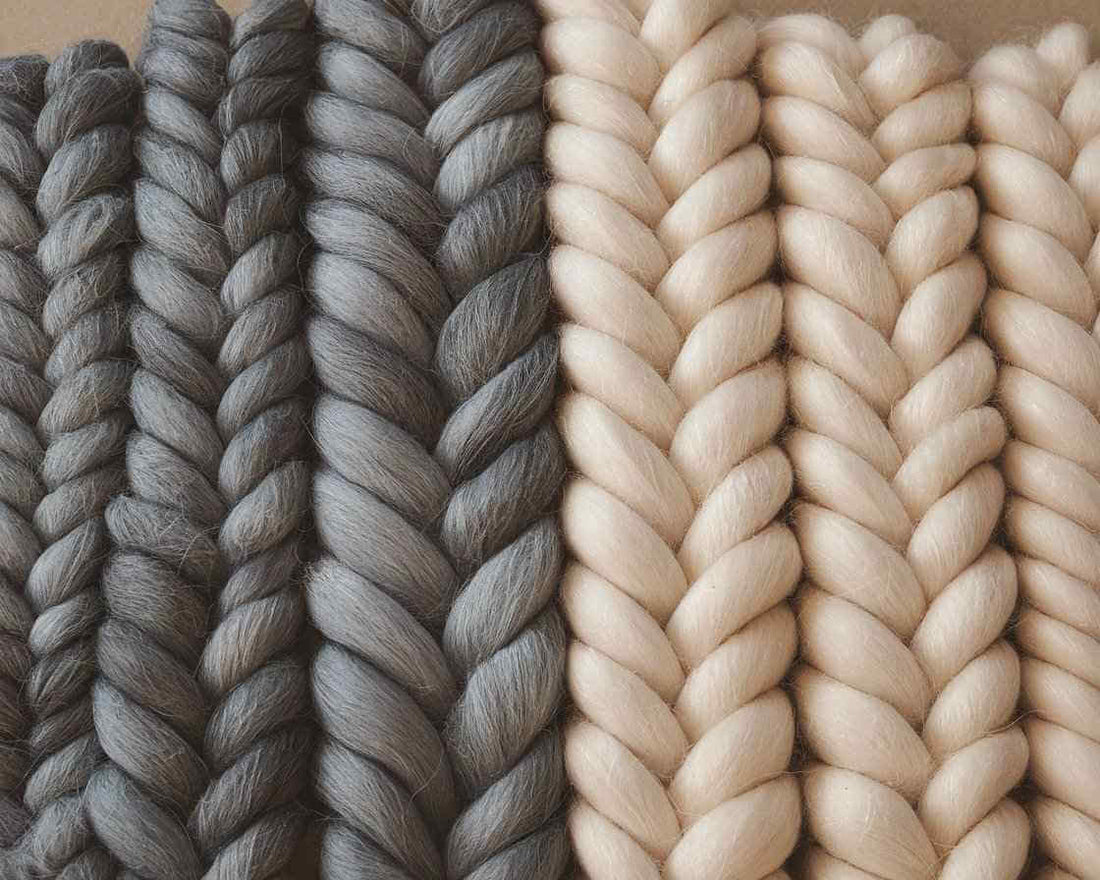Cashmere vs Wool: A Complete Guide to Choosing Your Perfect Winter Fabric

When it comes to staying warm and stylish during cold weather, both cashmere and wool stand out as premium natural fibers. This comprehensive guide explores their unique characteristics, helping you make an informed decision between these luxurious materials for your winter wardrobe.
The Origins and Nature of Wool
Wool primarily comes from sheep through annual shearing. This natural fiber has been a cornerstone of human clothing for thousands of years. Merino wool, one of the finest varieties, comes from specially bred Merino sheep known for producing exceptionally fine fibers.
Pros of Wool
- Natural insulation: Wool fibers contain tiny air pockets that trap warmth effectively.
- Moisture-wicking: The unique structure of wool garments helps manage moisture and keeps you dry.
- Durability: High-quality wool can last for many years with proper care.
- Odor-resistant: Natural antimicrobial properties help keep woolen clothing fresh.
Cons of Wool
- Some people find wool scratchy against the skin.
- Wool garments often require special cleaning methods.
- Lower-quality wool products can be prone to pilling.
- Wool clothing may feel heavier compared to other materials.
Understanding Cashmere
Cashmere fiber comes from the soft undercoat of cashmere goats, primarily found in Mongolia and China. These goats produce only a small amount of usable fiber each year, making pure cashmere one of the most precious natural fibers available.
Pros of Cashmere
- Ultra-soft texture: Cashmere fibers are incredibly fine, creating a supremely soft fabric.
- Lightweight warmth: Premium cashmere provides excellent insulation despite its light weight.
- Luxurious feel: High-quality cashmere drapes beautifully and feels silky against the skin.
- Temperature regulation: Cashmere garments adapt well to both cold and mild temperatures.
Cons of Cashmere
- Genuine cashmere comes with a premium price tag.
- It requires careful maintenance to maintain its quality.
- Cashmere is more delicate than wool and can be prone to damage if not properly cared for.
- It may pill if not of the highest quality.
Detailed Comparison
Softness
Cashmere significantly outperforms regular wool in softness due to its finer fiber diameter. While merino wool can come close, pure cashmere remains unmatched in its silky smooth texture.
Warmth
Both materials excel at insulation, but cashmere provides up to eight times more warmth than regular wool, despite being significantly lighter.
Durability
Wool generally wins in durability. Its stronger fibers can withstand more wear and tear, while cashmere garments require gentler handling to maintain their quality.
Price
Pure cashmere typically costs 3-8 times more than premium wool due to its limited supply and labor-intensive collection process. A quality cashmere sweater might cost $200-500, while a comparable wool sweater might be priced at $60-150.
Itchiness
Cashmere rarely causes skin irritation due to its fine fibers. Regular wool, especially lower-quality varieties, can feel itchy, though merino wool offers a softer alternative.
How to Choose the Right Material
Based on Usage
- Choose wool clothing for outdoor activities and frequent wear.
- Select cashmere pieces for special occasions and comfort-focused indoor wear.
- Consider merino wool as a middle-ground option.
Climate Considerations
- Thick wool works best in very cold, wet conditions.
- Lightweight cashmere excels in moderate cold and transitional weather.
- Layer either material for versatility.
Skin Sensitivity
- If you have sensitive skin, start with pure cashmere or fine merino wool.
- Test the fabric against your neck or inner wrist before purchasing.
- Consider blended fabrics as an alternative option.
Frequently Asked Questions
Q: Can cashmere be machine washed?
A: While hand washing is recommended, some cashmere garments can be machine washed on a delicate cycle using specialized wool detergent. Always check the care label first.
Q: Why is cashmere so expensive?
A: Each cashmere goat produces only 150-200 grams of usable fiber per year, and it takes 2-3 goats to make one sweater. The limited supply and careful processing drive up costs.
Q: Does wool shrink more than cashmere?
A: Both materials can shrink if not properly cared for. However, wool fibers are generally more prone to shrinkage when exposed to heat and agitation.
Q: How can I tell if cashmere is genuine?
A: Real cashmere feels incredibly soft, lightweight, and warm. Try the ring test: genuine cashmere should pull through a ring easily. Also, check the price — if it seems too good to be true, it probably is.
Q: How long should a quality wool or cashmere garment last?
A: With proper care, a high-quality wool garment can last 10+ years, while premium cashmere should last 5-10 years, though this varies based on wear frequency and maintenance.
